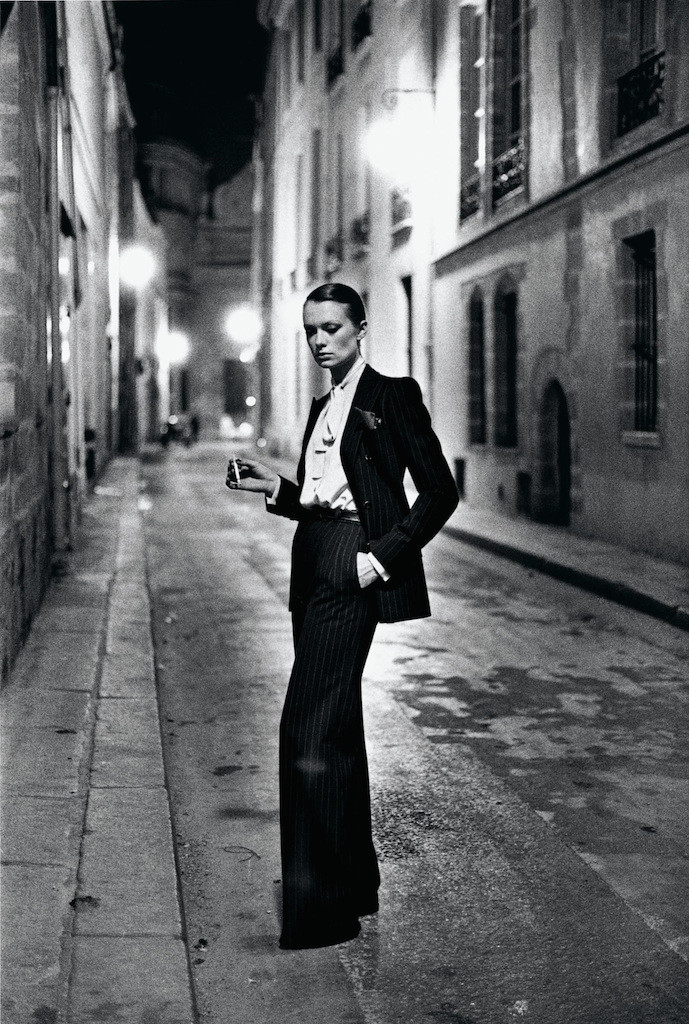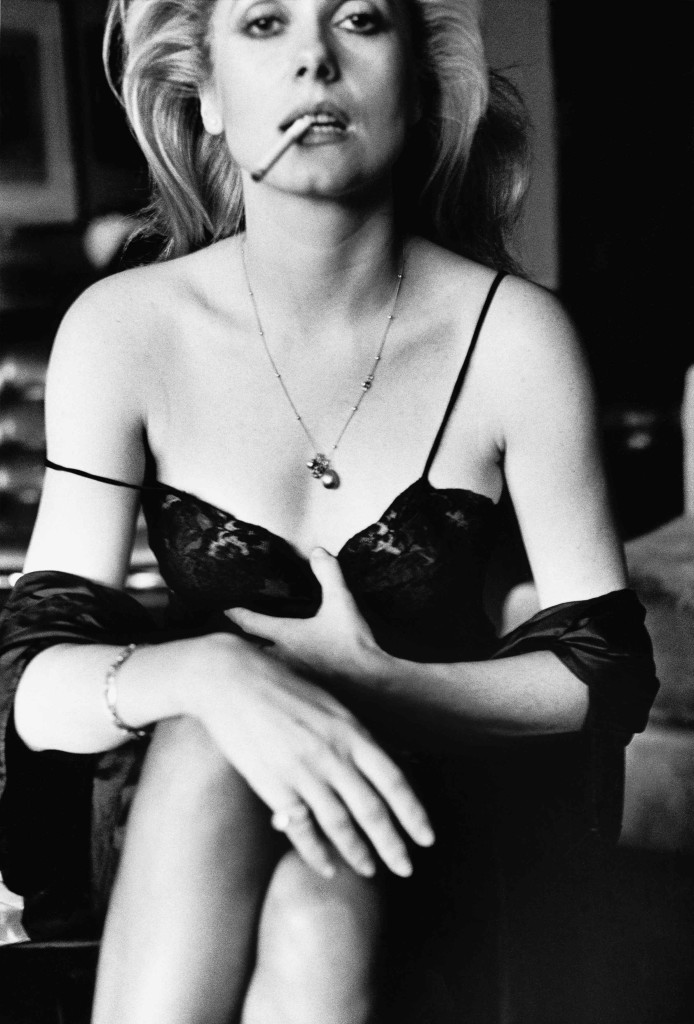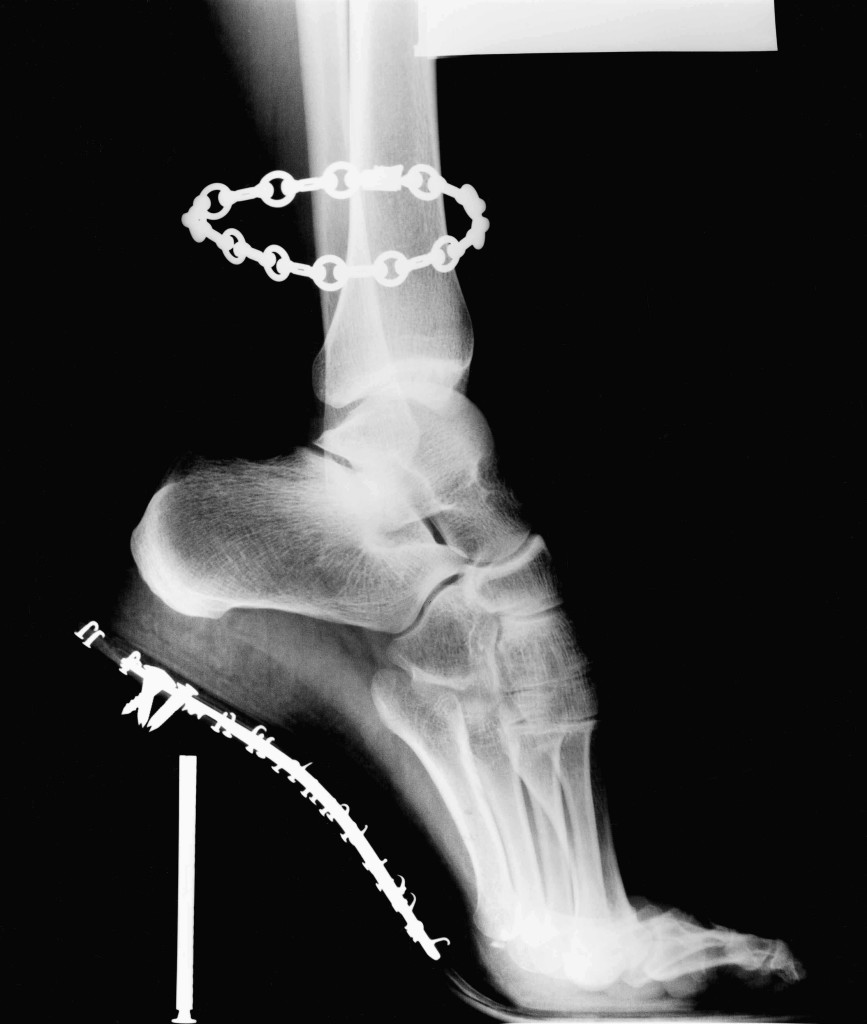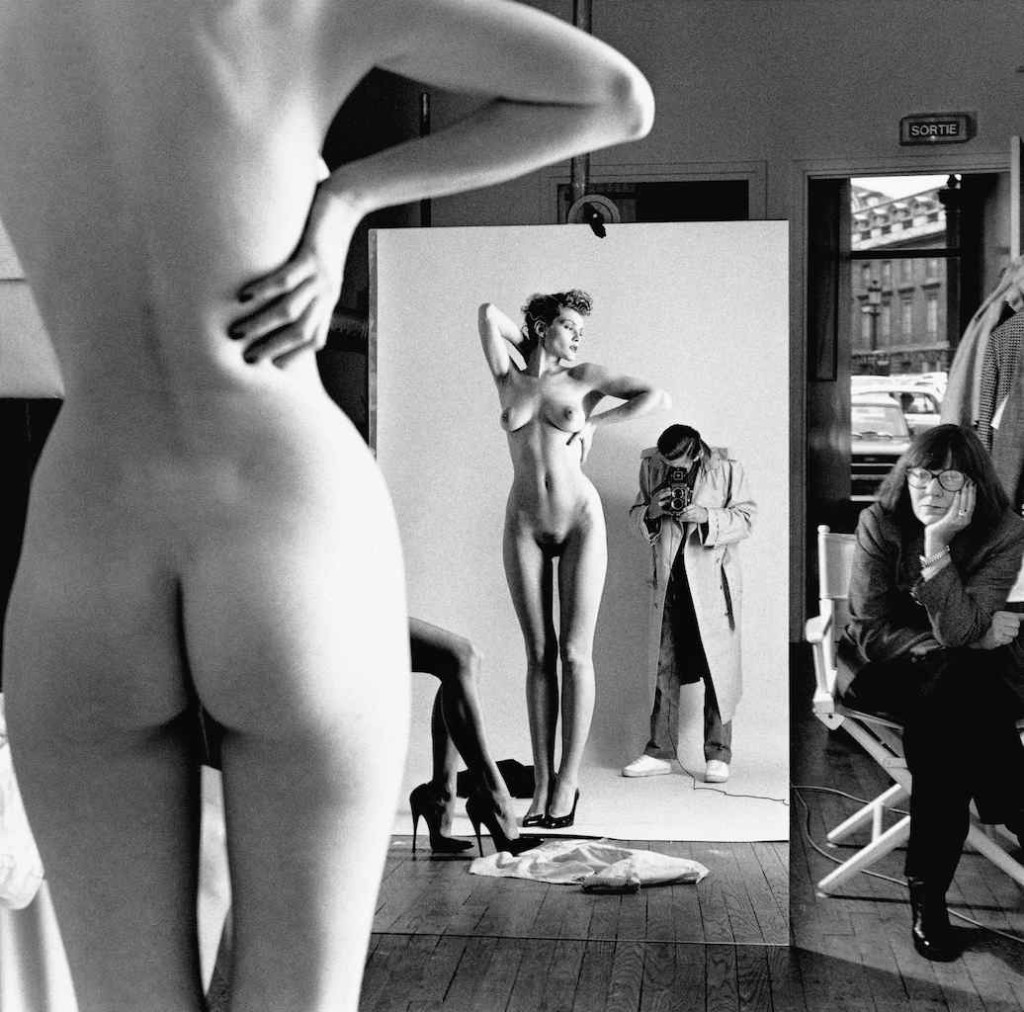AMSTERDAM. Dal 17 giugno al 4 settembre 2016, Foam presenta ‘A Retrospective‘, una grande mostra dedicata al lavoro di Helmut Newton con oltre 200 fotografie esposte, da rarità a foto leggendarie.
Newton è stato uno dei più fotografi più rappresentativi del XX° secolo il cui nome si collega immediatamente a scatti con donne con le lunghe gambe e tacchi alti che irradiano un senso sfrenato di erotismo. Questo però non esaurisce l’opera del fotografo la cui carriera ha preso piede nel 1970 quando Vogue Francia gli commissionò alcuni lavori. Per lui gli anni che vanno dai ’70 agli ’80 sono stati caratterizzati da un cambiamento sociale, alla ricerca di una nuova immagine femminile contemporanea, che questa mostra al Foam cercherà di raccontare in tutta la sua interezza.


AMSTERDAM. From 17 June 2016, Foam presents a major exhibition of the work of Helmut Newton (Berlin, 1920 – West Hollywood, 2004), a legendary, supremely influential photographer. Taking over the entire building on Amsterdam’s Keizersgracht, the retrospective features in excess of 200 photographs, ranging from early prints that rarely go on display to monumental photos.
Newton is responsible for a rich, authentic and complex oeuvre that can be considered one of the most iconic of the last quarter of the 20th century. The majority of the works featured in the exhibition are vintage prints from the collection of the Helmut Newton Foundation in Berlin. Helmut by June, the film made by Newton’s wife June in 1995, will also be screened.


The name Helmut Newton immediately conjures up images for many a photography enthusiast, namely those of long-legged, high-heeled – and usually scantily clad – women, who radiate an unbridled sense of eroticism. It’s certainly true that women play a central, erotic role in Newton’s work. But this is also the reason why his work is often all too quickly and simply pigeon-holed, and why there’s insufficient appreciation of the intrinsic complexity and multi-layered nature of his oeuvre.
Newton took up his camera in the 1950s, but his breakthrough didn’t come until the 1970s, primarily with the striking photographs he produced on commission for French Vogue. The 1970s and early 1980s were characterised by social change. Traditional power relations shifted and it was a period of fervent female emancipation and looser sexual morality. This is all directly represented in Newton’s photography. And it was no accident that Newton was closely acquainted with Yves Saint Laurent and Karl Lagerfeld, fashion designers that played with male-female relations and strived for a new, contemporary female image.





